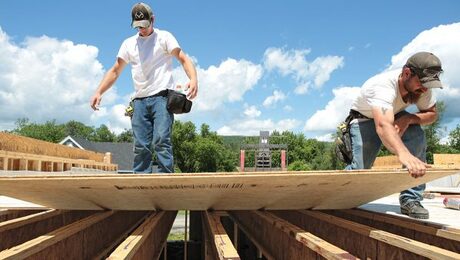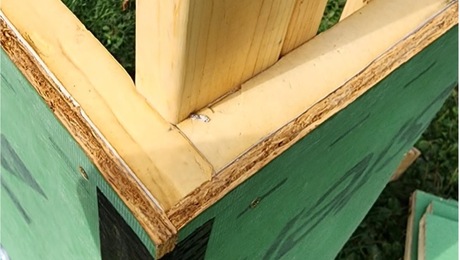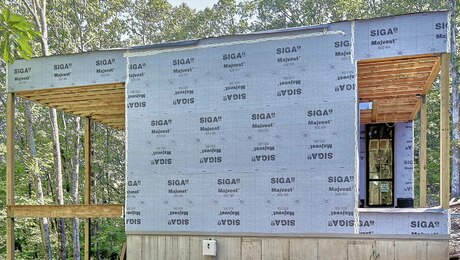Latest Science on Asphalt Roof Underlayment with spray foam under decking
Hello all,
Getting ready to pull the trigger on some home energy upgrades and want to check with experts on products to use to ensure a durable outcome.
Climate zone 5. Syracuse, NY.
Going to use 2lb closed cell spray foam on underside of roof decking at 4”.
Going to replace the roof/asphalt shingles/repair decking prior to the spray foam.
Question 1: what is the best product I can use as an underlayment for the shingles? Multiple products suggested?
Question 2: should I replace existing sheathing along the ridge to close up existing ridge vent?
Question 3: any other best practices I should be aware of?
Thank you in advance,
Matt
GBA Detail Library
A collection of one thousand construction details organized by climate and house part









Replies
Matt,
1. With closed cell foam directly under the sheathing, a permeable synthetic sheet underlay will give you a bit of drying though the shingles. I'm sorry - I can't make a specific recommendation as I have always used impermeable ones.
2. Yes. Although if the gap is very small you can probably get away with just covering it with the cap shingles.
3. Use drip-edge flashing on both the eaves and rakes.
Thanks Malcolm!
Will this be your only roof insulation? Despite what spray foam salespeople tell you regarding R-value, over time it will drop to around R-5.6/in, so a 4" layer is really R-22.4, a little more than a 6" fiberglass batt. You can boost the performance by using a flash-and-batt or flash-and-fill approach. In climate zone 5, current codes require R-60, but I would aim for at least R-38.
Closed cell foam often separates from the framing, leaving a gap directly from interior to exterior, which will lead to condensation at the sheathing and eventually rot. I don't recommend relying on spray foam to be a perfect air and vapor barrier.
Closed cell foam sometimes doesn't cure properly, leading to horrible situations for the homeowner. Those cases are rare but common enough that I avoid foam when possible.
Asphalt shingles are impervious to water vapor so having a permeable underlayment has no benefit. The important thing is to have a waterproof underlayment.
Mike,
Really trying to find a balance in what isn’t going to be our “forever home”.
House needs a new roof, new siding. As it stands now, leaky as a could be 1961 built split level colonial.
Original plan was for rigid insulation above the roof deck. Engineer poo-pooed it with the current 2x6 roof rafters 16” on center without sistering all 200+ of them. He thumbs upped spray foam without any modifications.
In a further attempt to save weight and create a more durable end state, now leaning towards a metal roof with sharkskin vented underlayment on top of sheathing.
Seems to me batts with the sistered joists would be a PITA to install w/ a ton of waste. Do you disagree?